In the ancient art of falconry, the relationship between human and bird transcends the typical boundaries of animal handling. While most people understand falconry as simply training birds of prey to hunt, the reality is far more profound. The bond formed between a falconer and their raptor represents one of the most unique partnerships in the human-animal kingdom—a relationship built on mutual trust, respect, and understanding that has endured for thousands of years. This connection challenges our conventional understanding of human-wildlife relationships, offering insights into communication across species barriers and demonstrating how two predators from different worlds can form a working partnership that benefits both. What appears to outsiders as merely a sport or hobby is, to practitioners, a lifelong pursuit and passion that transforms both the bird and the human in unexpected ways.
The Ancient Roots of Human-Raptor Partnership
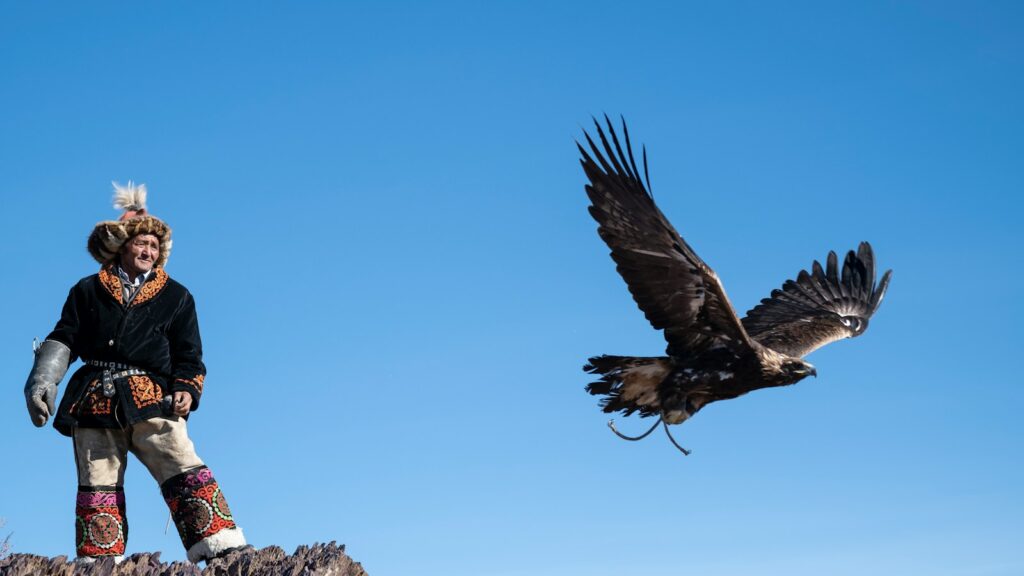
Falconry’s origins stretch back more than 4,000 years, with evidence suggesting it began in the steppes of Central Asia before spreading across cultures and continents. This ancient practice didn’t merely persist through millennia by chance—it endured because of the remarkable connection that forms between human and bird. Unlike domesticated animals bred for human companionship over generations, raptors remain genetically wild, making the bond all the more extraordinary. Early falconers discovered that these birds, despite their fierce independence, could form working relationships with humans based on mutual benefit rather than dominance. This historical foundation established falconry not just as a hunting method but as a sophisticated system of interspecies communication and cooperation that has been recognized by UNESCO as an Intangible Cultural Heritage of Humanity.
The Imprinting Process: First Steps in Building Trust
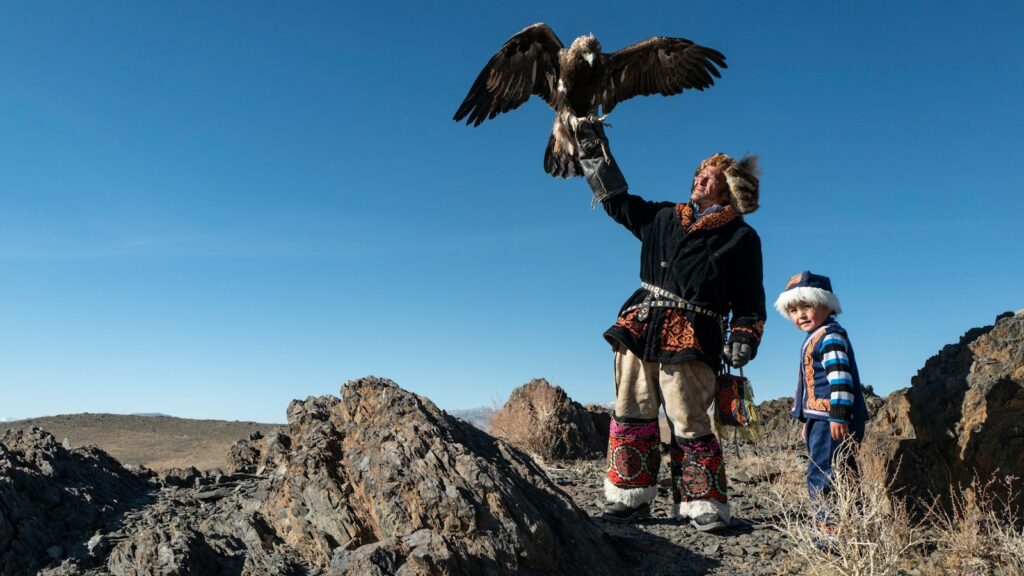
For many falconers, the journey begins with imprinting—a critical psychological process where a young bird forms its primary social attachment to the human handler rather than its own species. This delicate process requires the falconer to be present during the bird’s earliest developmental stages, often hand-feeding the raptor and remaining constantly visible during crucial imprinting periods. The bird essentially comes to view the falconer as a parent figure or member of its own species, creating a foundation of trust that cannot be established with mature birds. While controversial among some falconry traditionalists who prefer working with passage birds (those captured after leaving the nest), imprinting creates a unique psychological bond that can make training more intuitive and communication more fluid. However, this method requires immense responsibility, as an improperly imprinted bird may develop behavioral problems or struggle with its identity between the human and avian worlds.
Daily Rituals That Strengthen Connection
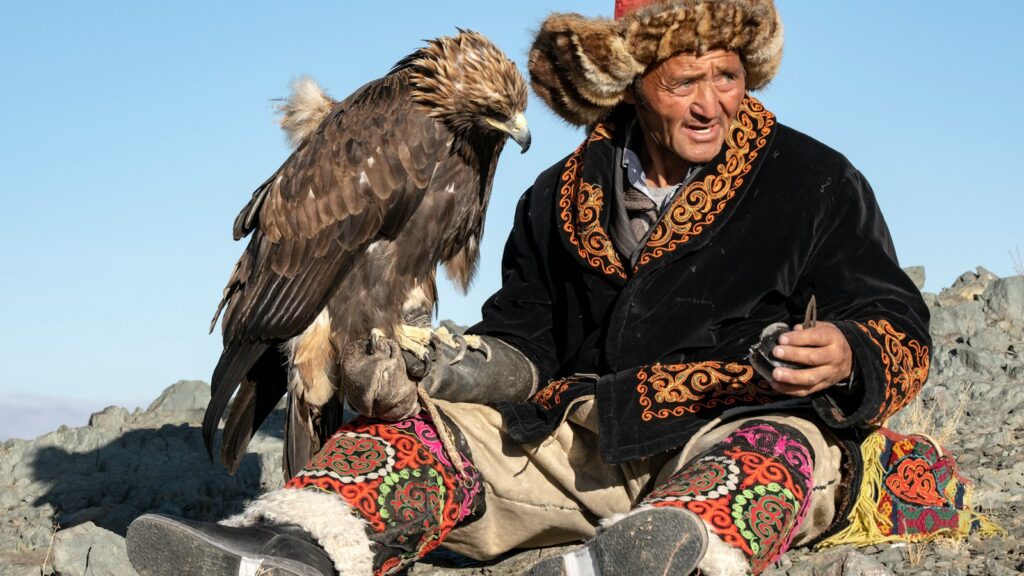
The relationship between falconer and bird is reinforced through daily rituals that might seem mundane to outsiders but form the backbone of their connection. Each morning begins with weighing the bird—a critical practice that helps determine the raptor’s hunting readiness and physical condition with remarkable precision. Feeding becomes not just a necessity but a sacred ritual of trust, as the bird accepts nourishment directly from the falconer’s hand or glove. These consistent daily interactions create a rhythm and predictability that builds the bird’s confidence in its human partner. Many falconers speak of these quiet moments—checking feather condition, offering water, or simply spending time in each other’s presence—as the true heart of falconry, more so than the dramatic hunting flights. These rituals demonstrate a level of mutual awareness and communication that develops over months and years of careful attention.
Beyond Training: The Psychology of Mutual Trust
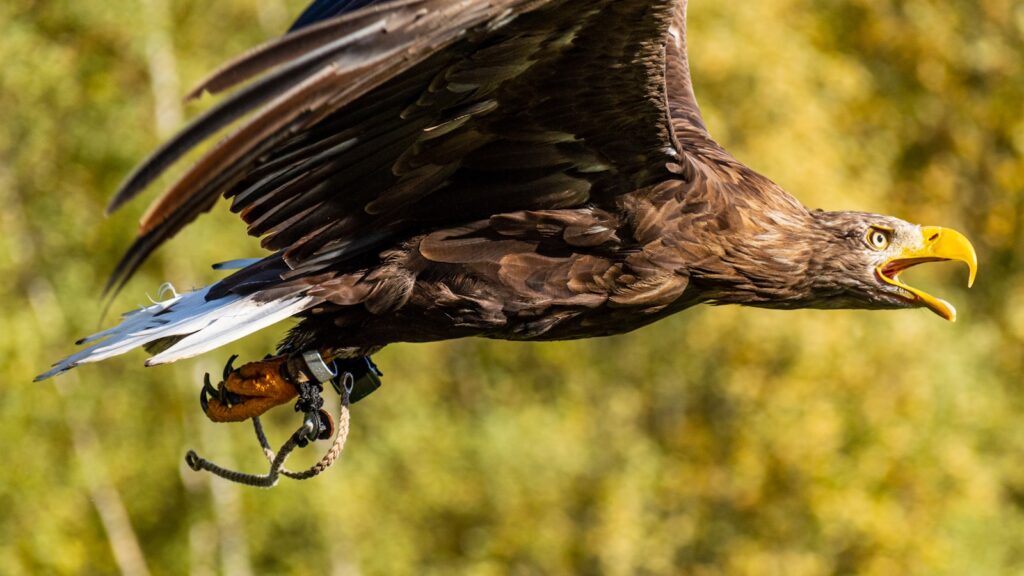
The relationship between falconer and bird extends far beyond basic operant conditioning or training. Unlike many domesticated animals that have been selectively bred for thousands of generations to respond to human cues, birds of prey retain their wild instincts and intelligence. A falconer must understand the psychology of a predator that naturally soars free and hunts independently. The trust developed is bidirectional—the bird learns that returning to the falconer means safety and food, while the falconer trusts the bird enough to remove jesses and allow complete freedom during flights. This psychological dance requires the falconer to think like a bird of prey, understanding hunting behavior, territory awareness, and predatory instincts. Experienced falconers describe moments of breakthrough when they realize their bird is not simply responding to training but actively choosing to participate in the partnership—a profound shift that marks true bonding.
Communication Beyond Words: The Subtle Language of Falconry
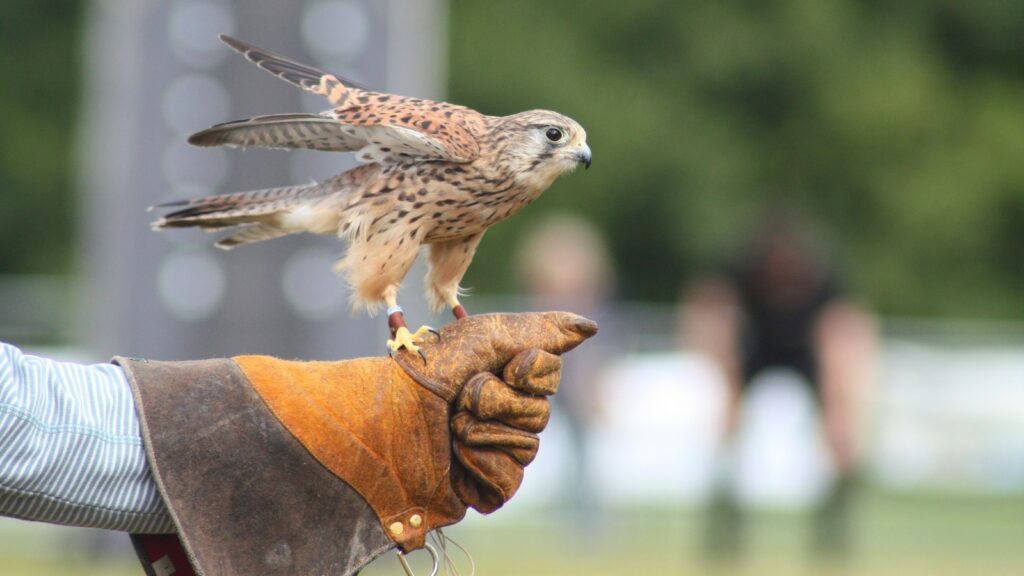
Perhaps the most fascinating aspect of the falconer-bird relationship is the development of a sophisticated non-verbal communication system between species. Falconers learn to read subtle body language—the slightest head turn, feather adjustment, or foot position can indicate hunger, excitement, stress, or contentment. Similarly, birds become attuned to their handler’s movements, responding to almost imperceptible shifts in posture or gaze direction during hunting. This communication develops over years of close observation and interaction, creating what some falconers describe as an almost telepathic connection during hunts. Experienced pairs can anticipate each other’s movements so precisely that they seem to operate as a single hunting entity, despite one partner being airborne. This level of non-verbal communication challenges our understanding of interspecies relationships and demonstrates that meaningful connection can transcend the barriers of different neurological and sensory systems.
The Transformative Power of Hunting Together

When a falconer and bird hunt together, they engage in one of the most profound examples of cross-species cooperation found in human experience. During these hunts, the natural predatory skills of the raptor combine with human strategy in a partnership that predates written history. Falconers describe these moments as transcendent—watching their bird execute a perfect stoop (diving attack) after they’ve flushed game creates a shared experience of success that strengthens their bond immeasurably. The hunt transforms both participants: the human gains heightened awareness of the landscape and wildlife movements, while the bird learns to trust human judgment about hunting locations and timing. This collaborative hunting relationship is particularly remarkable because it occurs with the bird completely free and able to leave at any moment, unlike any other form of hunting with animals. The fact that the bird chooses to return to the falconer rather than resuming a wild existence speaks to the depth of connection formed.
Rehabilitation and Conservation: Healing Through Relationship
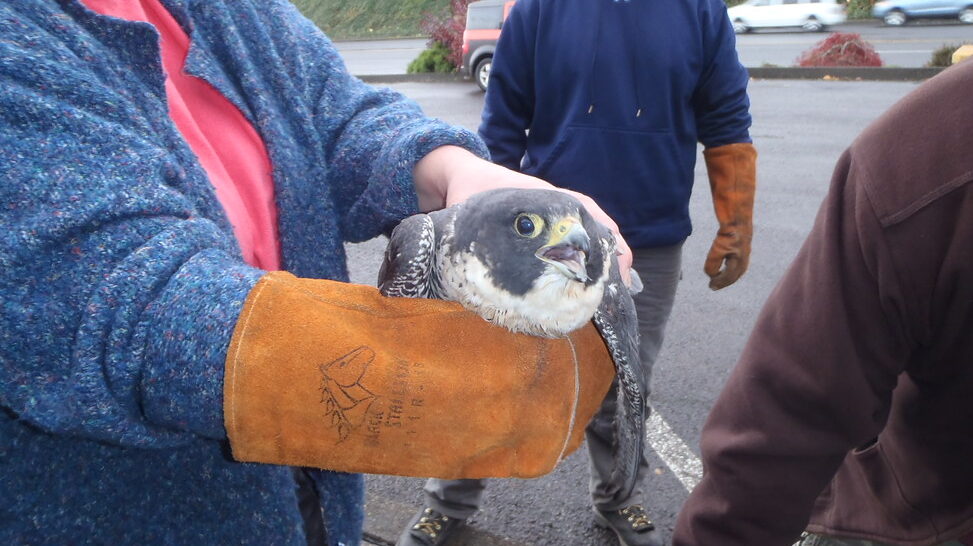
Many modern falconers extend their passion for raptors into rehabilitation and conservation efforts, creating deeper dimensions to the human-bird bond. Working with injured birds that cannot be released into the wild, these falconers develop relationships that often include an element of healing and accommodation for disabilities. These partnerships can be especially poignant, as the birds might depend on their human counterparts in ways that create unique patterns of trust and communication. Falconers involved in breeding endangered species for release programs describe the bittersweet experience of forming bonds with birds intended to return to the wild, demonstrating the selfless aspect of their connection. The conservation dimension of modern falconry shows how the ancient art has evolved to include a sense of stewardship and responsibility for raptor populations as a whole, extending the intimate bond between individual human and bird to a broader commitment to species preservation.
The Emotional Life of Raptors: More Complex Than We Knew
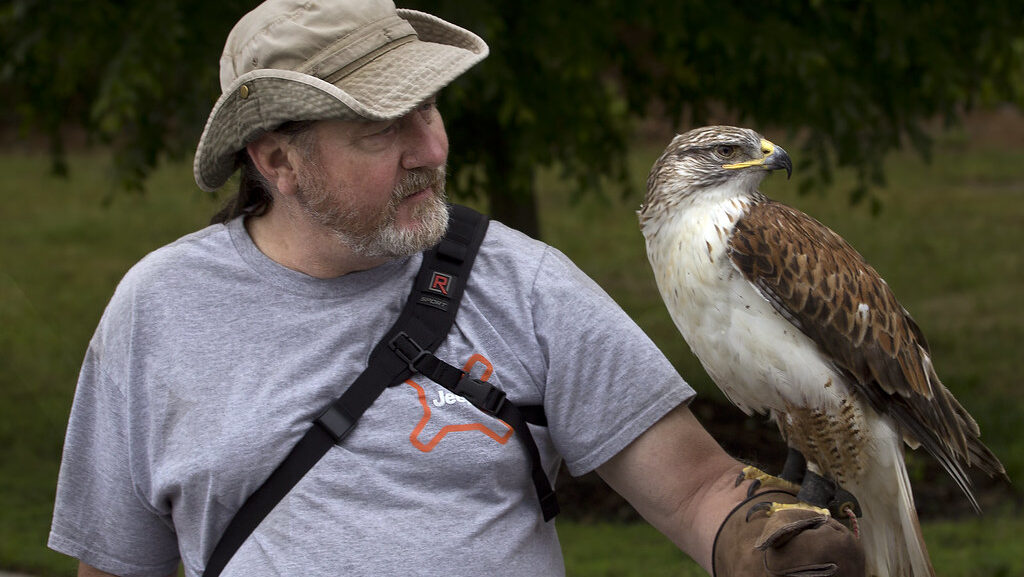
Recent research and longtime falconer observations suggest that birds of prey possess emotional lives far more complex than previously understood by science. While avoiding anthropomorphism, experienced falconers report recognizing distinct moods, preferences, and even personality traits in their birds that go beyond simple behavioral responses. Some raptors appear to show excitement upon seeing their falconer after absences, display jealousy when attention is given to other birds, or exhibit clear preferences for certain handlers over others despite identical treatment. Neuroscience is beginning to catch up with what falconers have long observed, as studies reveal that avian brains, though structurally different from mammalian brains, possess analogous emotional processing centers. This emerging understanding of raptor emotional capacity helps explain the depth of connection possible between falconer and bird—a relationship that, while different from human-mammal bonds, can contain genuine emotional components from both participants.
When Birds Choose Their Humans: Stories of Unexpected Bonding
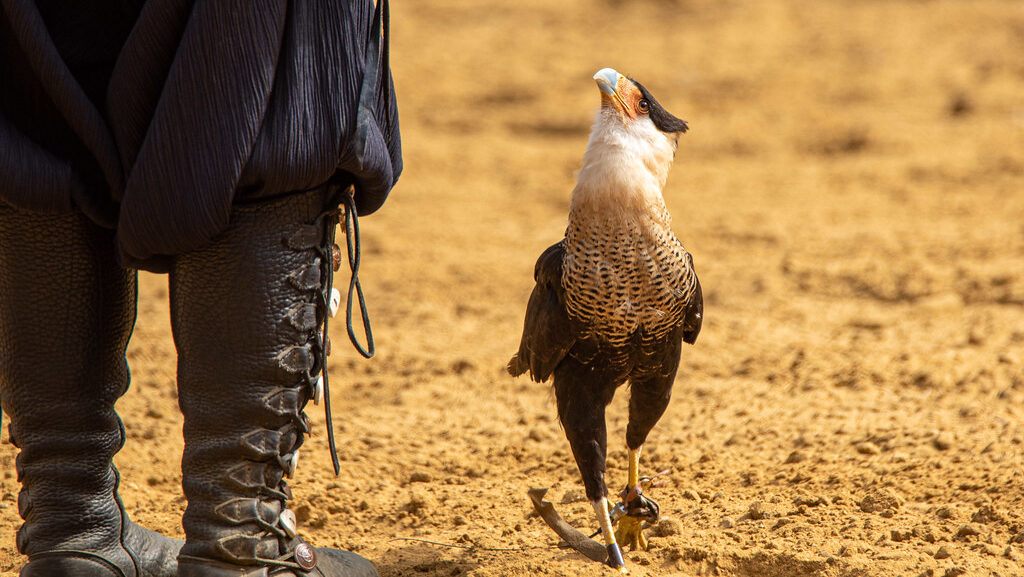
Perhaps the most compelling evidence of the falconer-bird bond comes from stories where birds appear to choose their human partners in unexpected ways. Experienced falconers share accounts of traditionally “difficult” species forming unusually strong attachments to specific handlers without obvious explanation. In some documented cases, birds released to the wild have returned to their falconers months or even years later, recognizable by their bands or distinctive markings. These voluntary returns challenge purely behavioral explanations of the relationship as merely transactional. Some rehabilitation specialists report injured wild raptors that form bonds with specific caretakers despite minimal handling, suggesting an element of individual affinity that transcends training. While science may attribute these behaviors to imprinting or conditioning, the frequency and specificity of these accounts across cultures and centuries suggests something more intricate occurring in these cross-species relationships.
The Mourning Process: When Bonds Are Broken
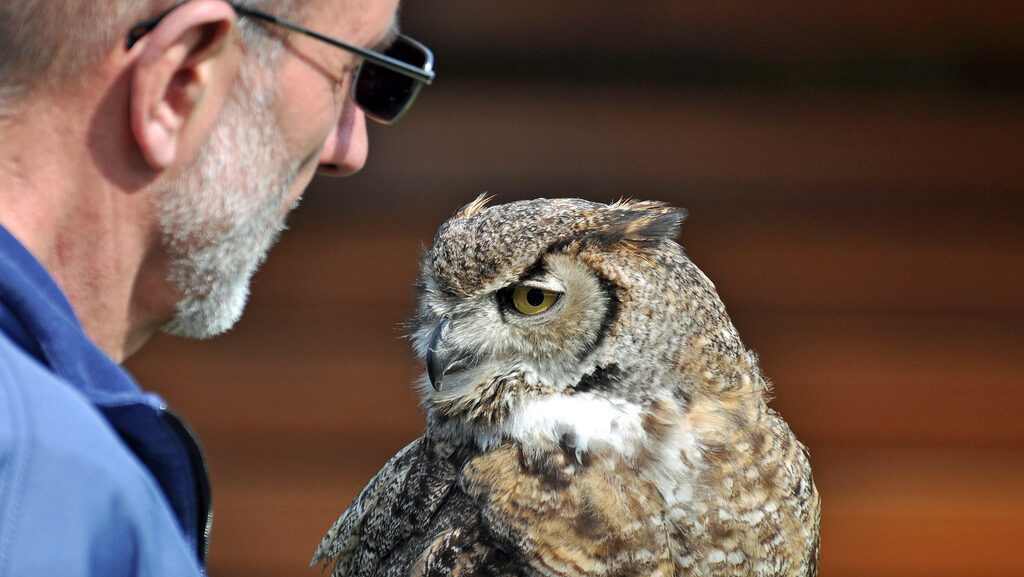
The depth of connection between falconers and their birds becomes painfully evident when partnerships end through death, release, or loss. Many falconers describe profound grief after losing a bird they’ve worked with for years—a mourning process comparable to losing any significant relationship. Unlike the loss of pet animals bred for companionship, this grief often includes a complex mix of emotions related to the wildness of the bird and the unique working partnership developed. Some falconers report that other birds in their care appear to notice and respond to the absence of a companion bird, showing behavioral changes that suggest awareness of the loss. These experiences of grief and loss underscore that the bond formed is not merely functional but deeply personal for both the human and, potentially, the bird. The intensity of this mourning process offers perhaps the clearest evidence that falconry creates relationships that transcend simple working arrangements or sport partnerships.
The Scientific Perspective: Neurochemistry of Cross-Species Bonding
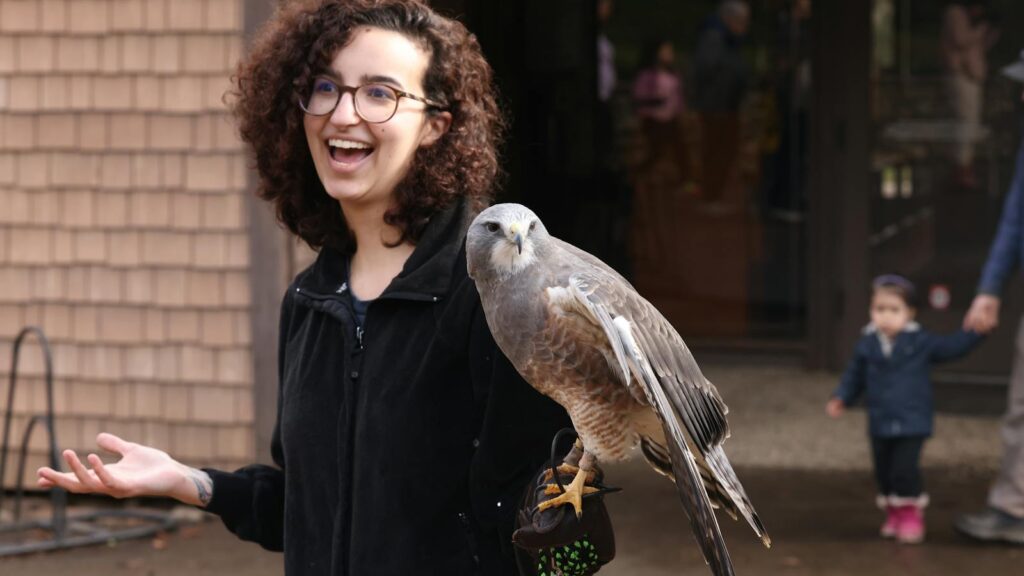
Emerging research in comparative neurobiology offers fascinating insights into the physiological basis for the falconer-bird bond. Studies suggest that oxytocin (in mammals) and its avian equivalent mesotocin play roles in social bonding across species barriers. When humans and birds engage in positive interactions like successful hunts or training breakthroughs, both species may experience neurochemical rewards that reinforce their connection. Scientists have observed that handlers working regularly with birds show physiological stress reduction patterns similar to those documented in pet owners, suggesting a genuine calming effect from positive raptor interaction. While birds of prey have different brain structures than mammals, they possess well-developed limbic-like systems capable of forming social attachments and memory associations. This emerging scientific understanding helps explain what falconers have intuitively known for millennia—that the bond formed is more than training or conditioning, but involves fundamental biological processes that foster connection across the species divide.
Modern Falconry: Evolving Relationships in a Changing World
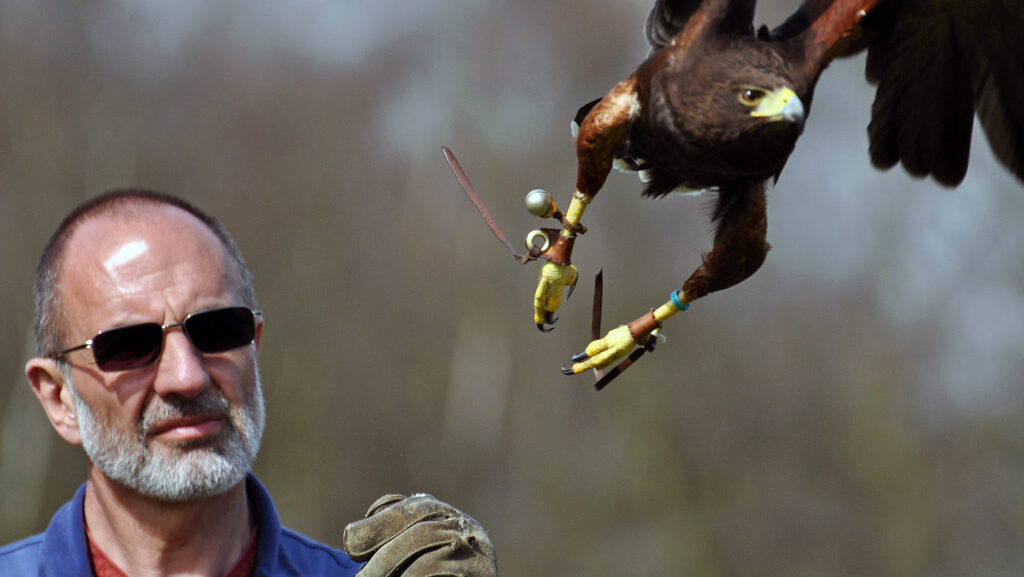
Today’s falconry practices reflect both ancient traditions and evolving understanding of raptor psychology and welfare. Modern falconers benefit from advances in veterinary medicine, telemetry tracking, and behavioral science that enhance their ability to form healthy partnerships with their birds. Many contemporary practitioners emphasize educational outreach, using their relationships with birds to foster conservation awareness and appreciation for wildlife. Urban falconry has emerged as birds are used in pest management at airports, agricultural fields, and public spaces, creating new contexts for human-raptor partnerships. Despite these modern adaptations, the core relationship between falconer and bird remains remarkably similar to what it was centuries ago—a partnership based on mutual trust, consistent interaction, and respect for the bird’s wild nature. This continuity across time speaks to something fundamental and enduring about the connection that forms when humans and raptors choose to work together.
Conclusion
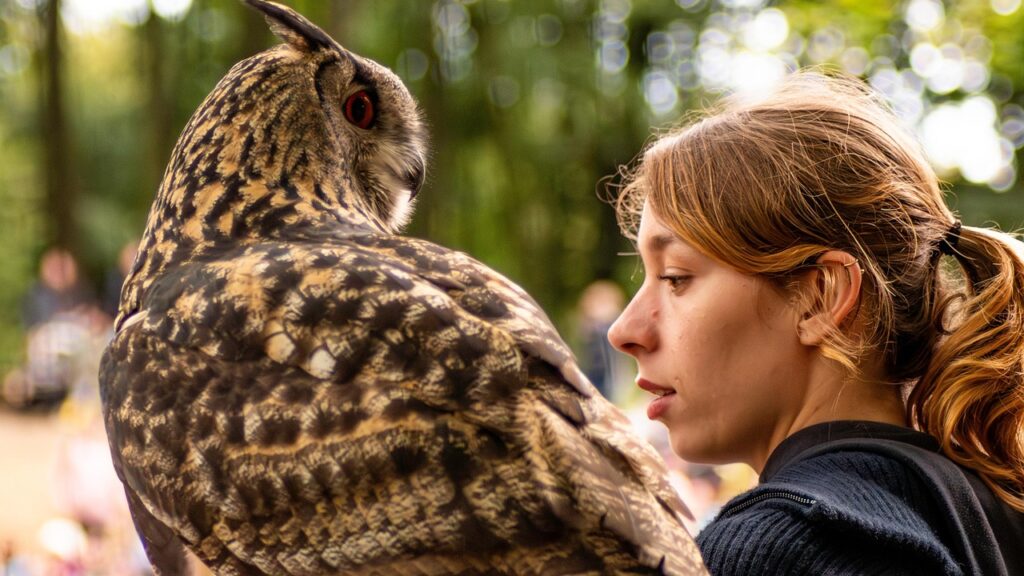
The bond between falconers and their birds represents one of humanity’s oldest and most unique relationships with wildlife—a connection that operates outside our usual frameworks for understanding human-animal interactions. Neither fully wild nor domesticated, the raptor in falconry exists in a remarkable middle ground, choosing daily to participate in a partnership with a different species. For the falconer, this relationship offers rare insight into the mind and world of a wild predator, creating moments of connection that many describe as transformative. As our understanding of animal cognition and emotion continues to evolve, the ancient practice of falconry provides a compelling model for how humans might relate to wildlife—not through dominance or domestication, but through patient communication, mutual respect, and recognition of our different but complementary natures. In an increasingly urbanized world disconnected from wildlife, the falconer-bird relationship reminds us that meaningful connections across species boundaries are not only possible but deeply enriching for both participants.
